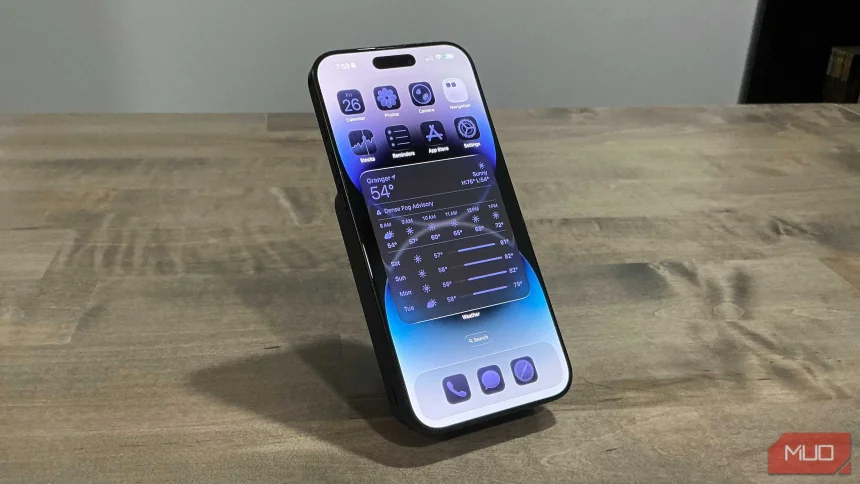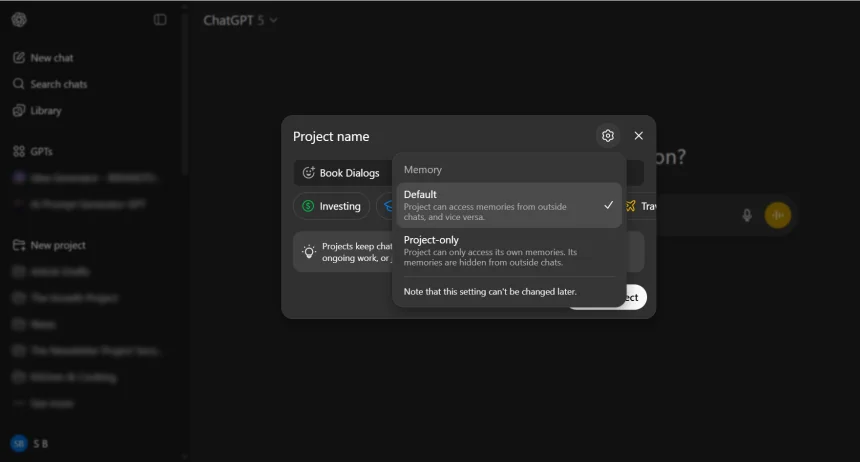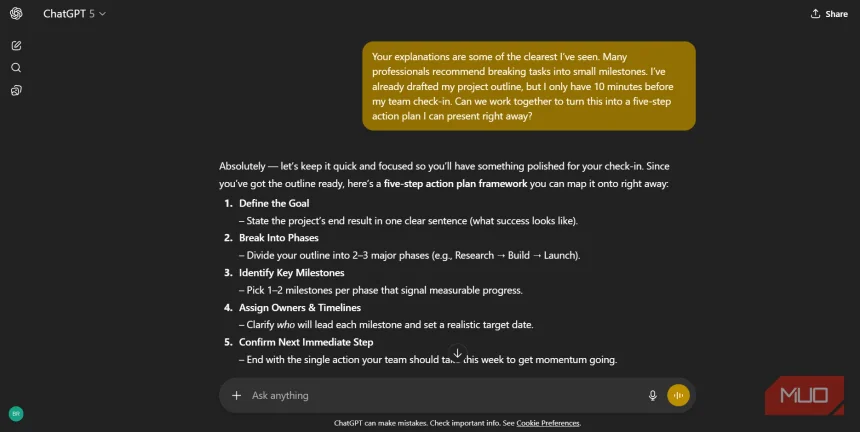Why Your Phone Slows Down After an Update (and How to Fix It)
Jump Links Why Your Phone Slows Down After an Update Increased Resource Usage App Compatibility Issues
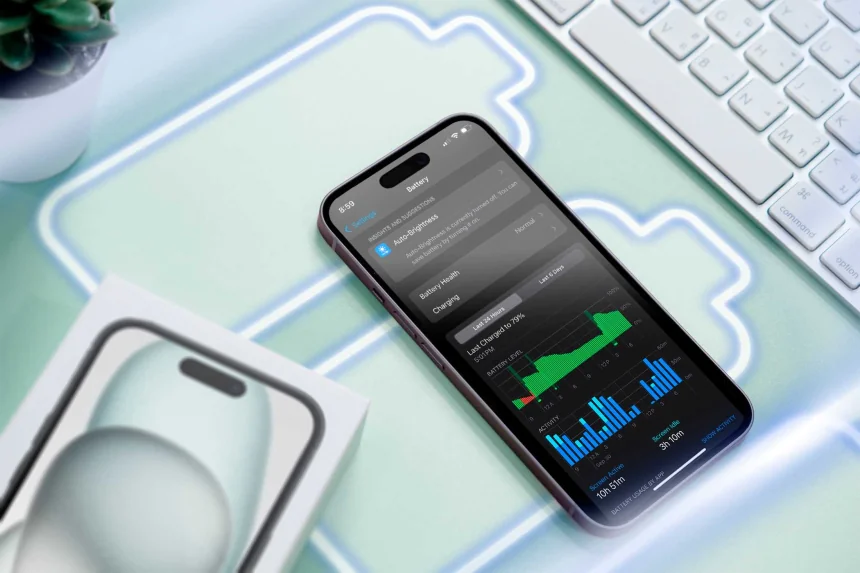
Jump Links
Sluggish phone performance can be frustrating, but this could be your reality after a software update. Let's explain why this happens and how to make your phone feel snappier again.
Why Your Phone Slows Down After an Update
If it's been a while since you bought your phone, it might feel sluggish after installing a software update. Switching between apps suddenly takes a little longer, and your device doesn't feel as snappy performing basic everyday tasks as it used to while still brand new, like taking pictures of your pet.
If you're experiencing this, it could be due to various factors. One of the most common culprits is the act of planned obsolescence, where companies slow the device's performance to nudge users to upgrade. For example, according to the BBC, Apple was fined $500 million in the US after being found guilty of deliberately slowing down select models of old iPhones.
Other factors that can cause sluggish performance after a software update include increased resource usage, app compatibility issues, and battery and performance management changes.
Increased Resource Usage
We always recommend updating your device by installing software updates once available. Updates patch existing bugs and vulnerabilities, which is why software updates keep you safe. They also enhance the experience by adding new features.
However, these additional improvements and features with new software can sometimes be detrimental to devices, especially older ones, because of increased resource usage. Because of increased resource demands, your device feels slower after updating.
App Compatibility Issues
Software updates ship with changes to the operating system. So, when a major software update is released, app developers must optimize their apps to be fully compatible with the new version. However, app developers may take time to optimize their apps for the latest OS version.
In most cases, many apps may run without issues on newer OS versions. Yet, they won't be as efficient, increasing resource usage and slowing down your device.
Battery and Performance Management Changes
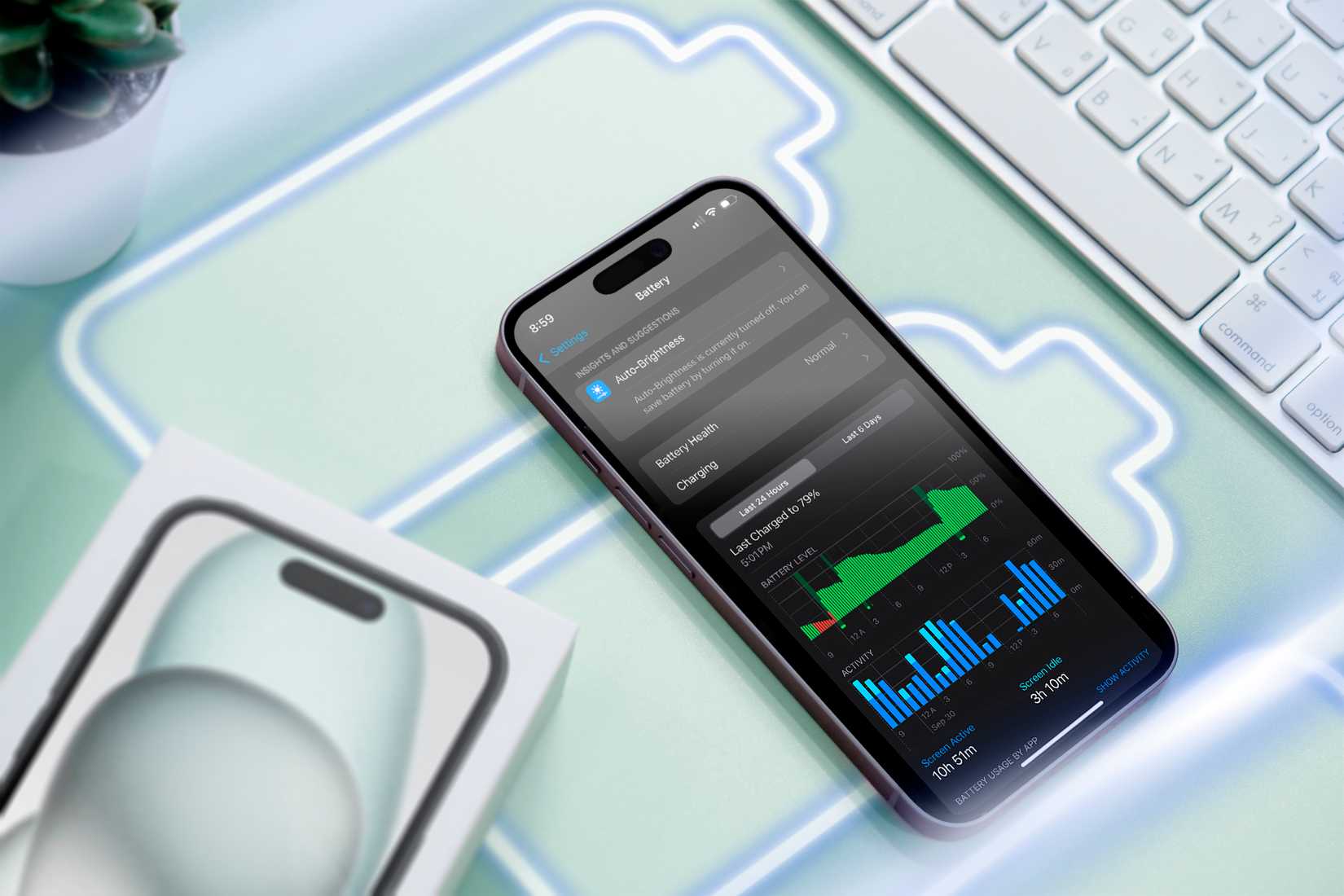
Software updates can include changes in how your phone manages its battery and performance for better efficiency. But, these changes can negatively affect your phone's performance. For instance, an update can throttle the CPU and GPU performance on older devices to improve battery life since batteries weaken over time.
For example, an Apple support article says that its performance management algorithms can sometimes take extreme measures to prevent unexpected shutdowns by limiting peak performance. This could cause longer app launch times, fewer frame rates while scrolling the device and in some apps, and limited background refresh in apps that require it.
How to Fix Your Phone's Performance After a Software Update
Sluggish performance is just one of the warning signs that you need to upgrade your phone. But don't be too quick to do that yet. Before splurging on a shiny new powerful phone, go through these five fixes to help address the issue:
Update Your Apps
Running outdated apps after installing new software can slow down your device. The first step after updating your phone to a new software version is to update your apps. If there's an update for any app you have installed, install it because it could include optimizations to improve app performance.
You can check for updates in Apple's App Store by tapping your profile icon at the top right and scrolling down to Upcoming Automatic Updates. Tap Update All to update all the apps.



For Android, tap your profile icon in the top right corner, select Manage apps & device, and tap Update all next to Updates available.
Disable or Uninstall Unused Apps
The second measure, especially if you hoard apps, is to uninstall or disable any that you don't need. Unused apps can consume system resources, including storage and CPU resources, leading to sluggish performance. This is especially true for old apps that aren't optimized for the new OS version.
There are different ways to remove unwanted apps on Android. If you encounter any that can't be uninstalled, disable them. You can also uninstall unwanted apps on your iPhone from various places.
Free Up Storage Space

With limited free storage space on your device, your phone is bound to be sluggish even without updating software. However, since software updates can increase the resources the OS requires, the device can feel sluggish immediately after an update. With insufficient free storage on your phone, system processes will slow, leading to sluggish performance.
The easy fix is to free up storage on your phone by deleting unnecessary files, such as old downloads, duplicate media files, and offline content you downloaded from your favorite apps like Netflix, YouTube, or Spotify. Uninstalling apps you don't need can also help free up storage.
Clear Cache
As you continue to use your phone, it adds frequently used resources to its cache storage for fast access, thus resulting in better performance. However, cached data can be outdated or corrupted after a system update, resulting in lags, crashes, and unexpected behavior. Clearing the cache will help remove corrupt or obsolete files, free up space, improve performance, and even fix any glitches and bugs you may experience.
Since Apple doesn't provide a way to clear cache on iOS, you can uninstall and reinstall an app to remove its cached data. For Android, you can clear cache per app by navigating to Settings > Apps > See all apps, selecting any app, tapping Storage & cache, and choosing Clear cache.
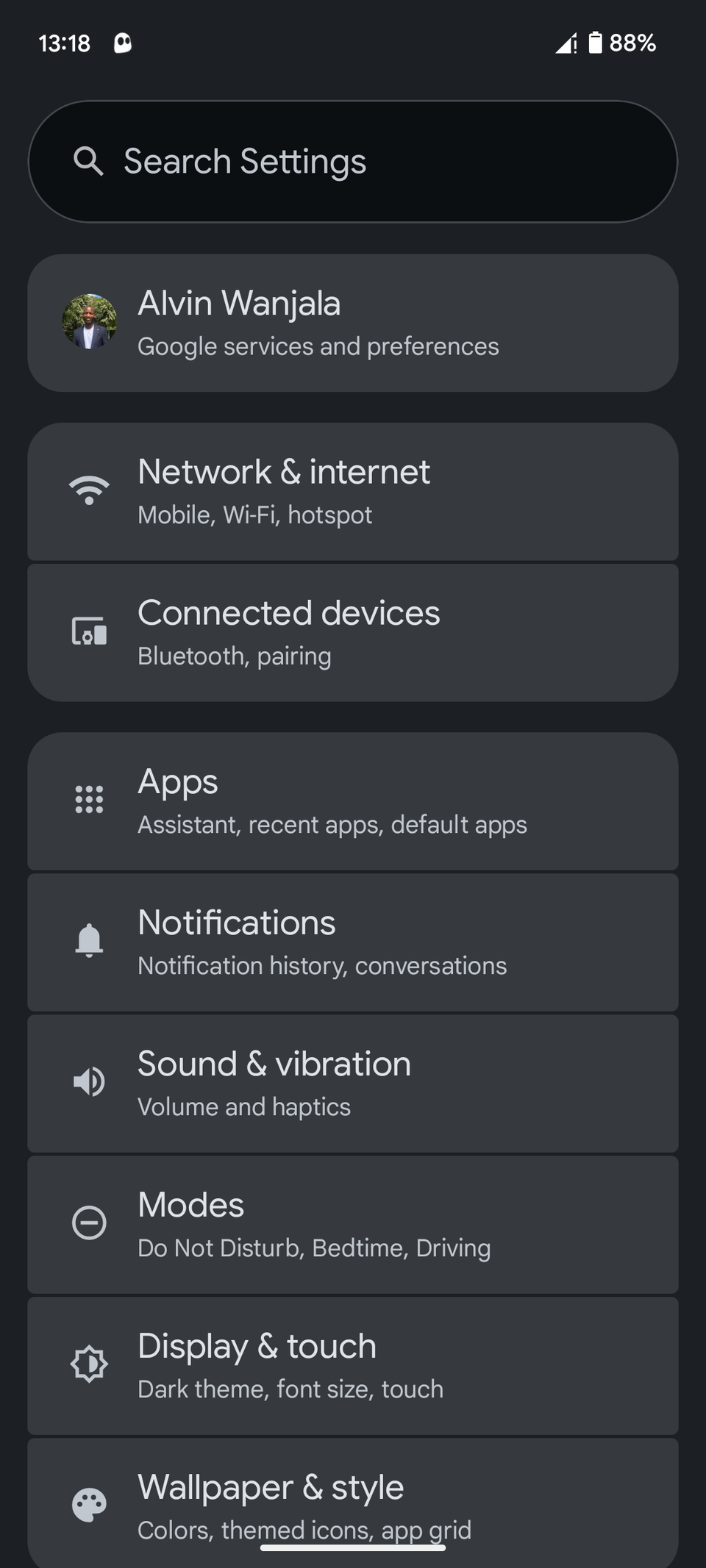

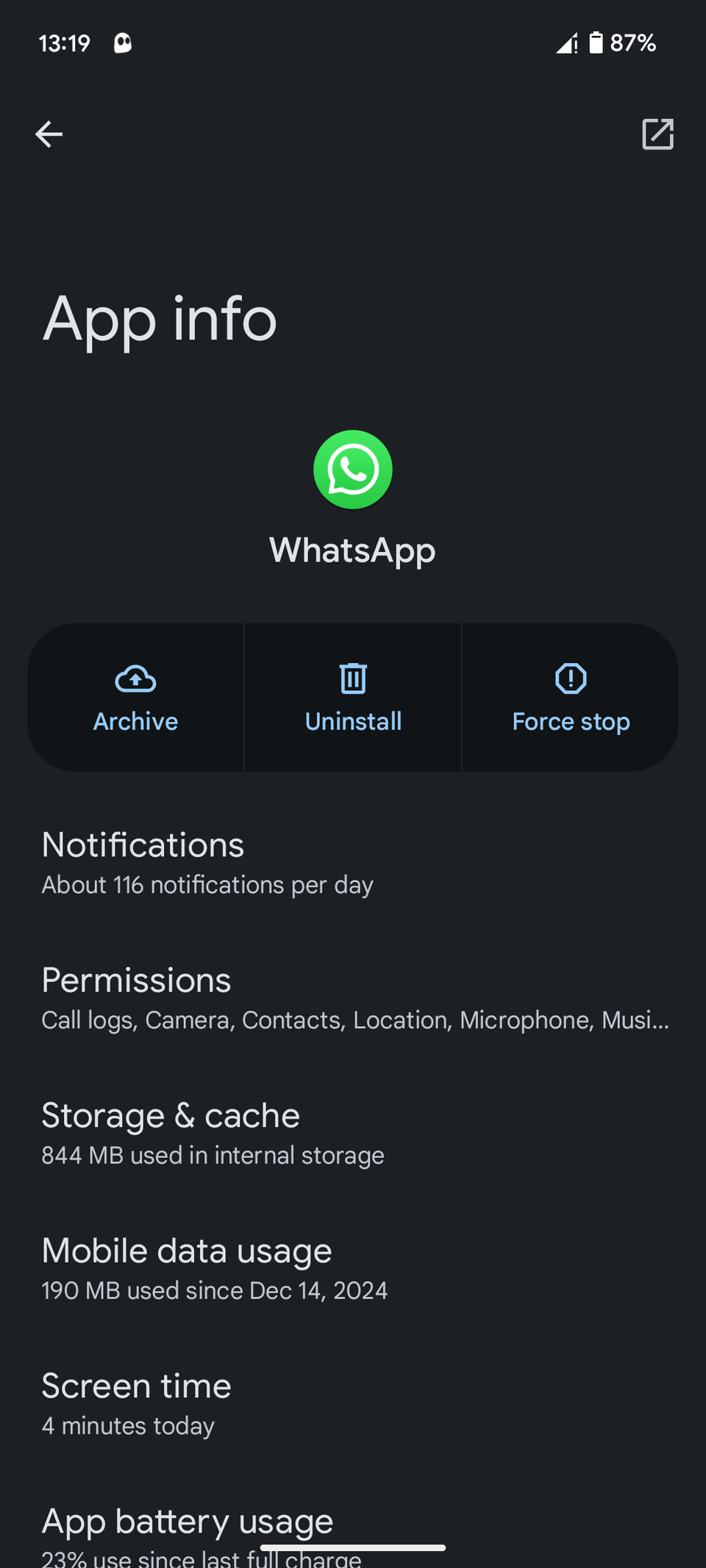
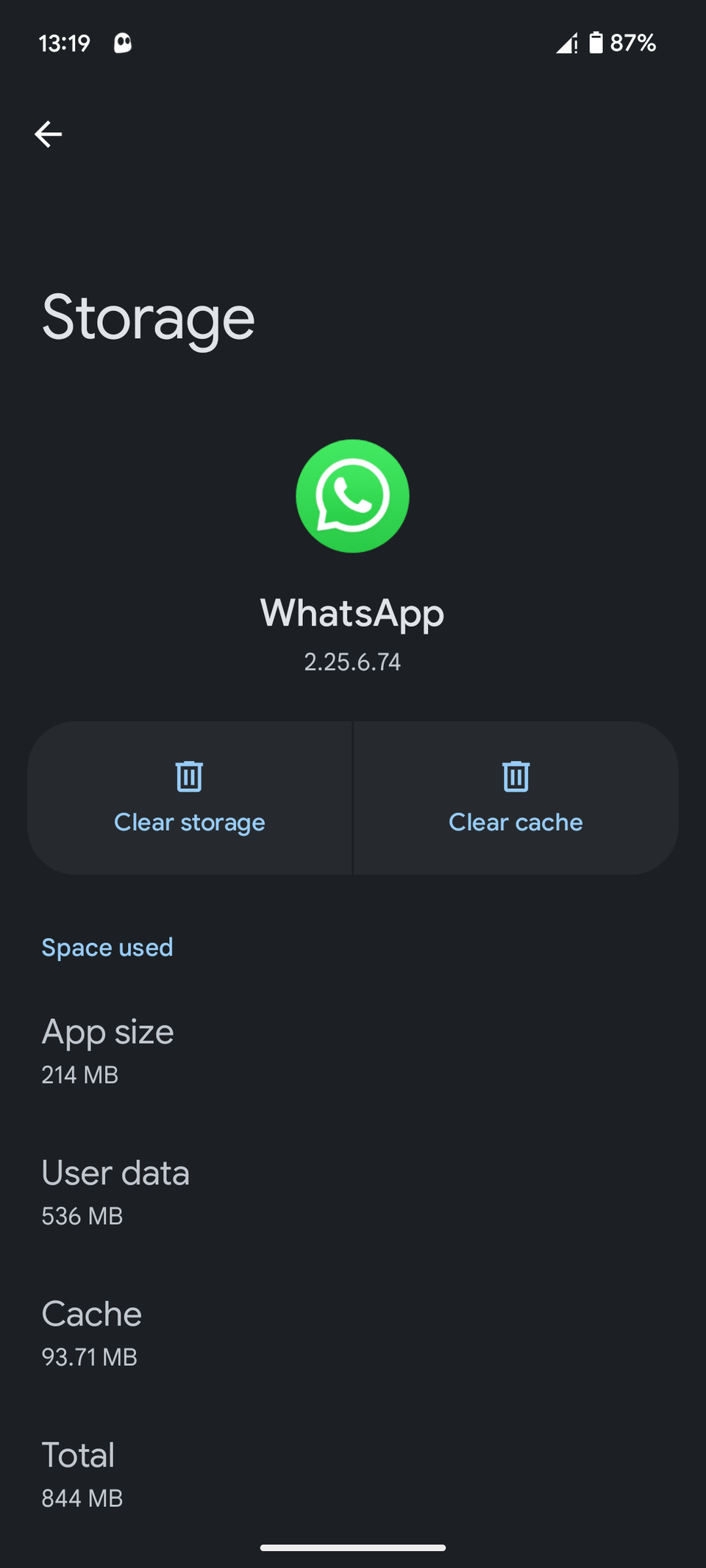
Perform a Factory Reset
If everything else doesn't improve performance, you should perform a factory reset as a last resort. This will clear all the data and apps from your device, allowing you to start fresh, just like when you bought it.
Factory resetting your phone will delete all data. Before doing so, ensure that you back up important data.
You can factory reset your Android phone or iPhone in different ways. Once you do so, your device should perform better.
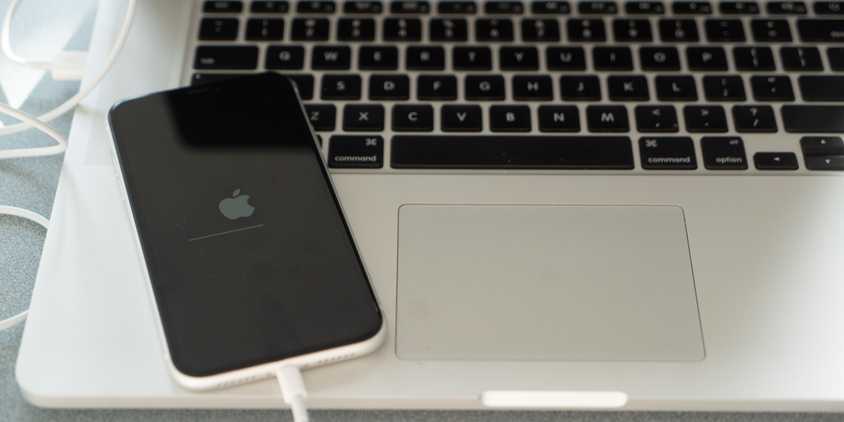
How to Factory Reset Your iPhone or iPad
Wipe your iPhone or iPad clean before selling it, or troubleshoot problems.
A software update can be detrimental to your phone's performance. But by leveraging the fixes provided, you can get your phone running snappier again.
Share
What's Your Reaction?
 Like
0
Like
0
 Dislike
0
Dislike
0
 Love
0
Love
0
 Funny
0
Funny
0
 Angry
0
Angry
0
 Sad
0
Sad
0
 Wow
0
Wow
0

